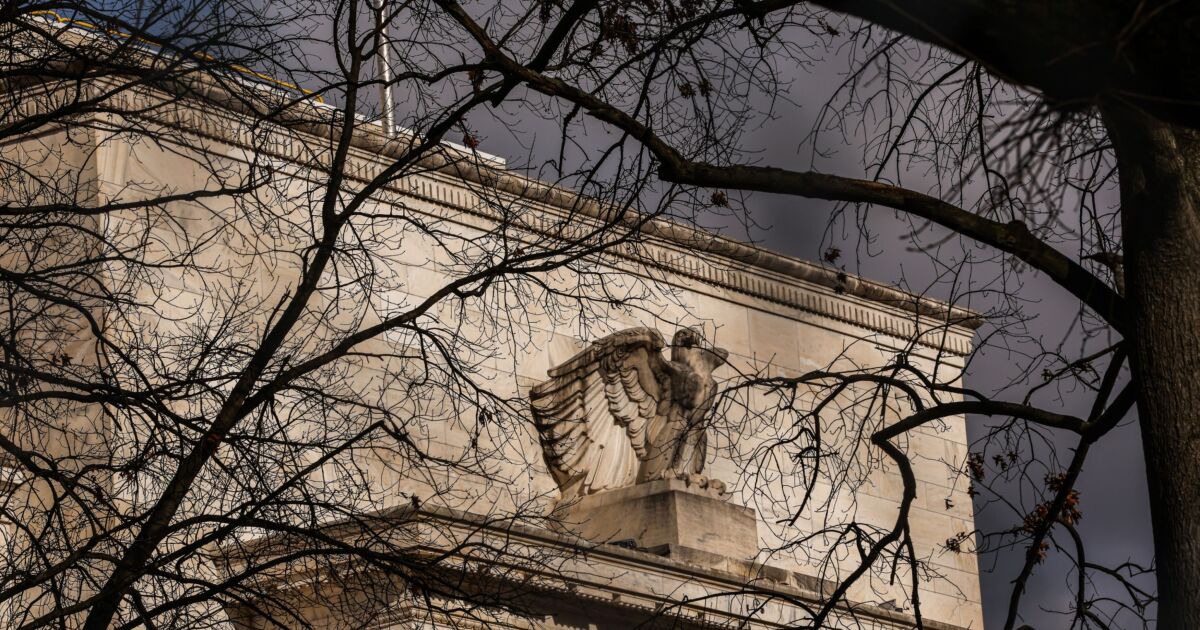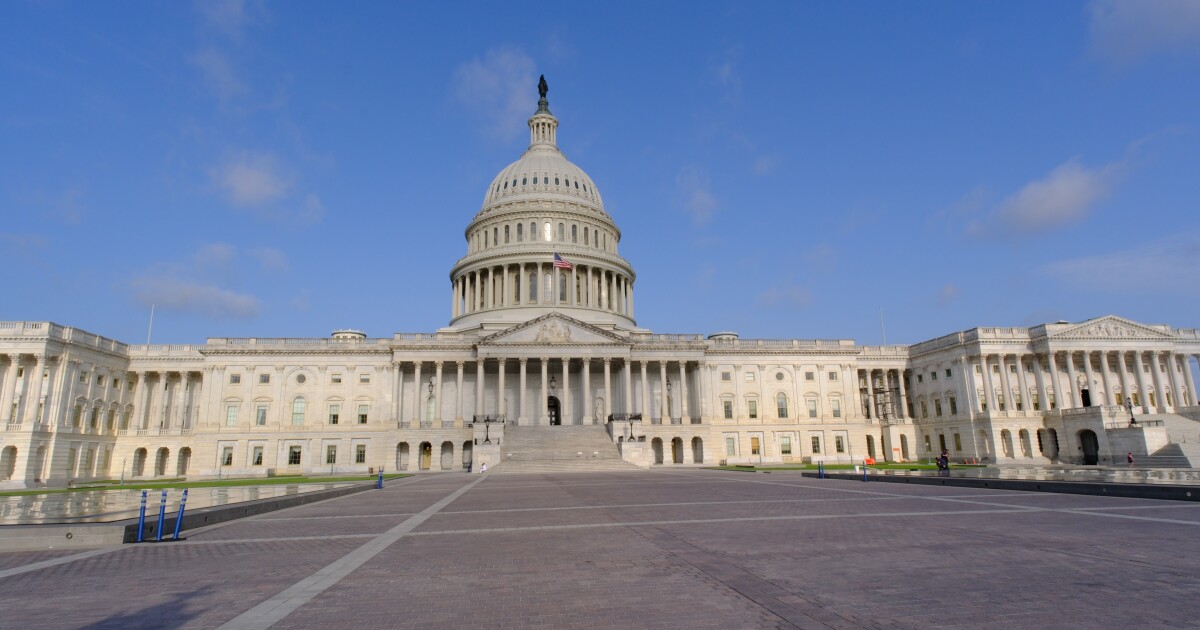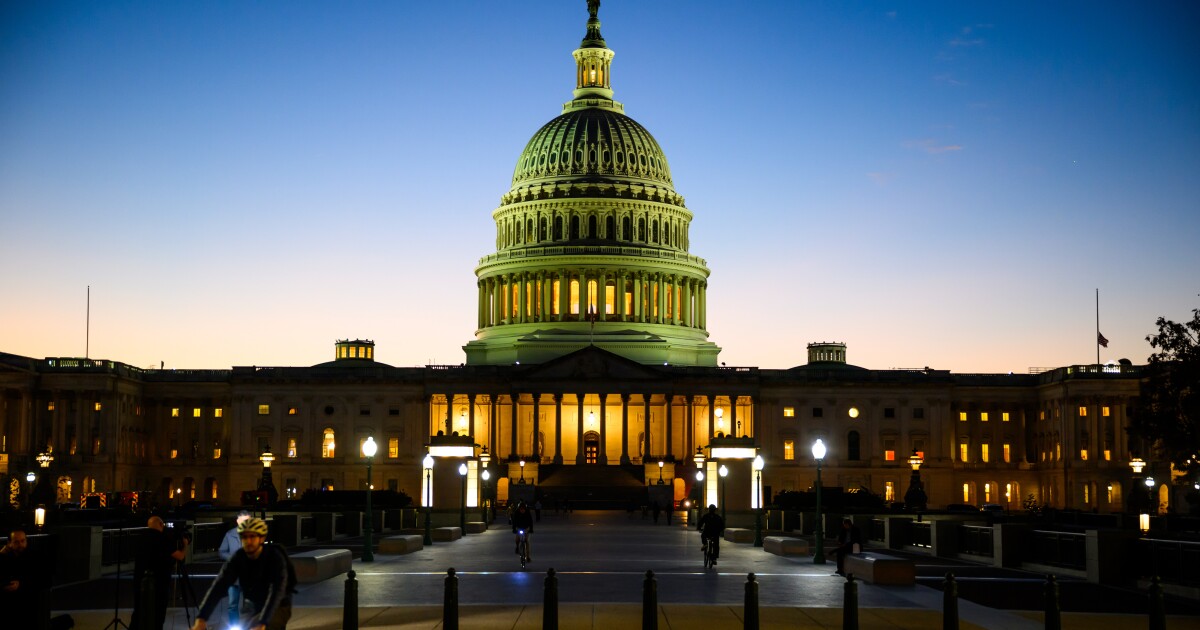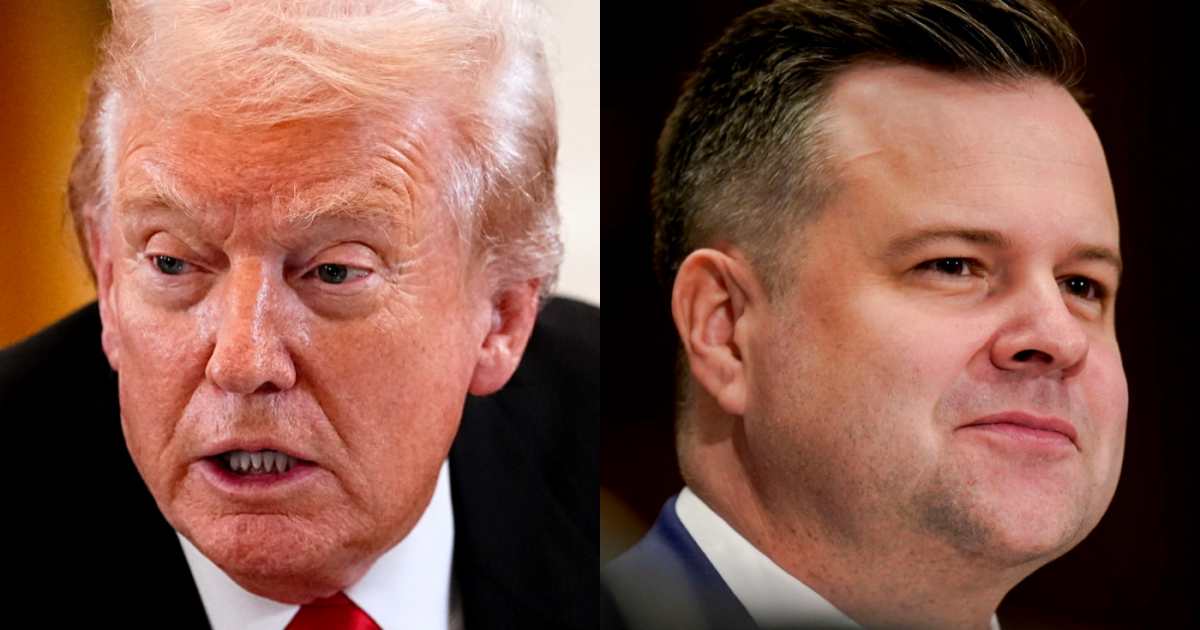
Market participants have been so focused on determining when and how much the Federal Reserve will slow its balance-sheet unwind that they haven't even started to consider another wrinkle: the composition of the U.S. central bank's assets.
Officials are preparing for an in-depth discussion of the Fed's asset reduction, a process known as
"One of the benefits from such a move would be to allow for future asset purchases without needing to expand the balance sheet," BMO Capital Markets strategists Ian Lyngen and Ben Jeffery wrote in a note to clients Monday. "Of course, planning for the next operation twist while still actively engaged in QT isn't necessarily an inspiring development, even if it does resonate in the context of medium-term risks."
For the moment, the market is focused on when the Fed will announce it is tapering QT and when it will actually stop, so as to avoid causing ructions in the overnight funding markets like it did in September 2019. Wall Street estimates for the beginning of the QT taper range from April to September 2024, with the expectation that the pace will slow as the overnight reverse repo facility is nearly empty.
The last time the central bank underwent QT, Treasury bills weren't part of its holdings. The Fed
At the time, Wall Street strategists thought it would have been prudent for the Fed to sell the T-bills because demand for short-term government debt was outstripping supply, spurring eligible counterparties to park trillions of dollars at the RRP facility. Instead, policymakers
That means the central bank now has about $210 billion of bills remaining, or about 3% of its securities holdings, compared to about one-third before the financial crisis, according to Fed
Yet Wrightson ICAP senior economist Lou Crandall sees another advantage to a Fed balance sheet comprised of short maturities. A smaller mismatch between the central bank's assets and liabilities also would reduce the volatility of its earnings and losses.
"Large reported losses can be a public relations headache," Crandall wrote in a note to clients on Monday. "Greater rate sensitivity on the asset side might be attractive to the FOMC members heading into the next cycle."
Ultimately, moving away from the Fed's holdings of mortgage-backed securities is a long-dated policy goal for officials and one that's less pressing than the immediate need to slow and eventually stop QT.
It remains to be seen if the monetary authority will achieve that goal. "I don't think the Fed will ever be able to reach a Treasury-only balance sheet, but that won't stop them from trying," said Gennadiy Goldberg, head of U.S. interest rates strategy at TD Securities. "I view it as a goal, but fairly low on the priority list all else considered."



